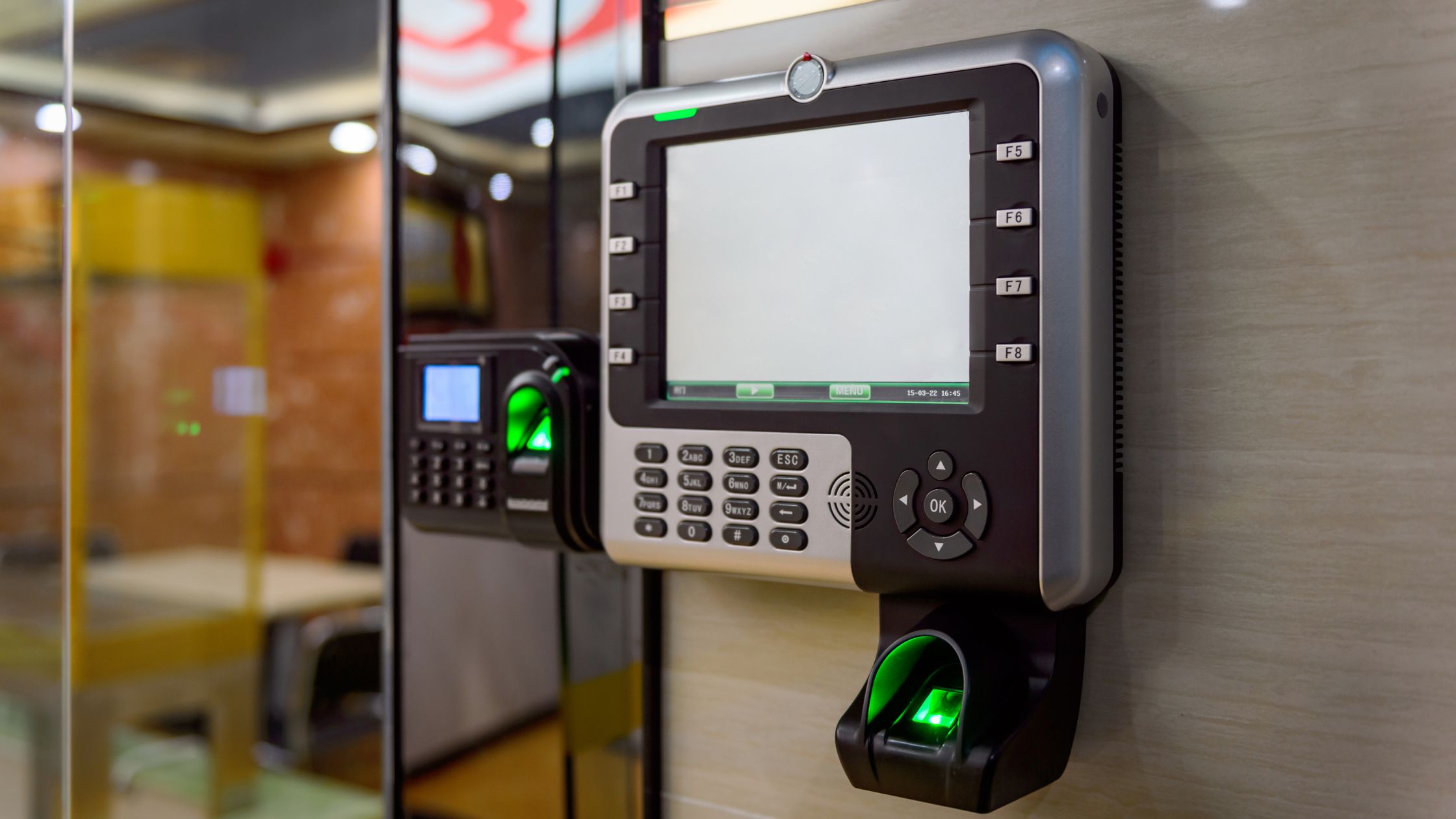Most people think of home climate management as simply cranking up the thermostat – or fiddling with the programming feature to establish day and night temperatures. Home climate control has gone a long way, thank goodness! Your home temperature control system can provide the following benefits when working together:
- A smart thermostat that monitors and regulates heating and cooling according to your schedule. Advanced thermostats save you money by automatically regulating the temperature in your house throughout the day. These “smart” thermostats can be connected with automatic shading and lighting, as well as a range of HVAC systems, including radiant (in-floor) heat, forced air, geothermal heating systems, and air conditioning, for an overall climate control system
- Automatic lighting management saves energy, and money, and ensures your safety when you get home.
- Automatic shading systems, such as window shades and blinds, filter damaging UV rays, keep heat out in the summer, and let the mild sun in the winter increase energy efficiency and “daylight harvesting.”
Set the appropriate temperature
Switch on the air conditioning a few minutes before you get home from a long day at the office. Monitor the room temperature and adjust it according to the weather conditions for the most efficient use of electricity.
Climate Change-Based Smart Control
In the event of dark clouds or a drop in atmospheric light, switch on the lights in your house. In the event of rain, since the soil moisture and turn off the garden water sprinklers.
Smart Learning
The Smart controller learns your user habits over time based on your everyday activities and automatically activates other smart devices and appliances.
The Thermostats Of Today Are Actually “SMART”!
You may set them up to turn on other appliances in your house according to changes in humidity, temperature, or mode. The idea is to save energy, heat, or cool your home more efficiently, and receive notifications if safe levels are exceeded.
For example:
Your ceiling fans will be turned off when the air conditioner kicks in.
You’ll get a text notification if the temperature or humidity falls above or below the safe limit.
The dehumidifier is activated when the humidity level rises too high.




